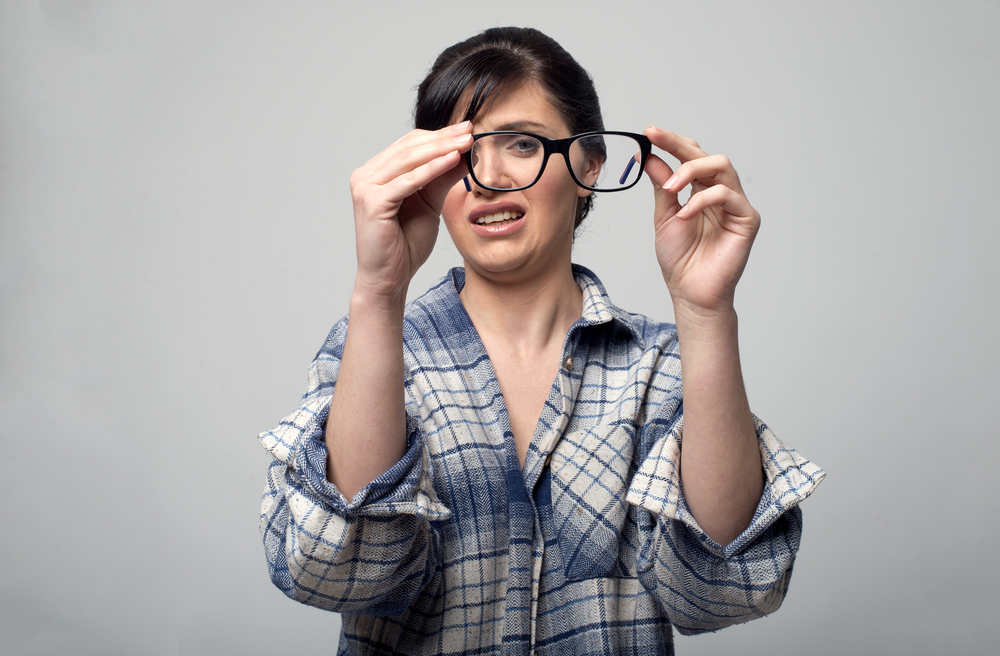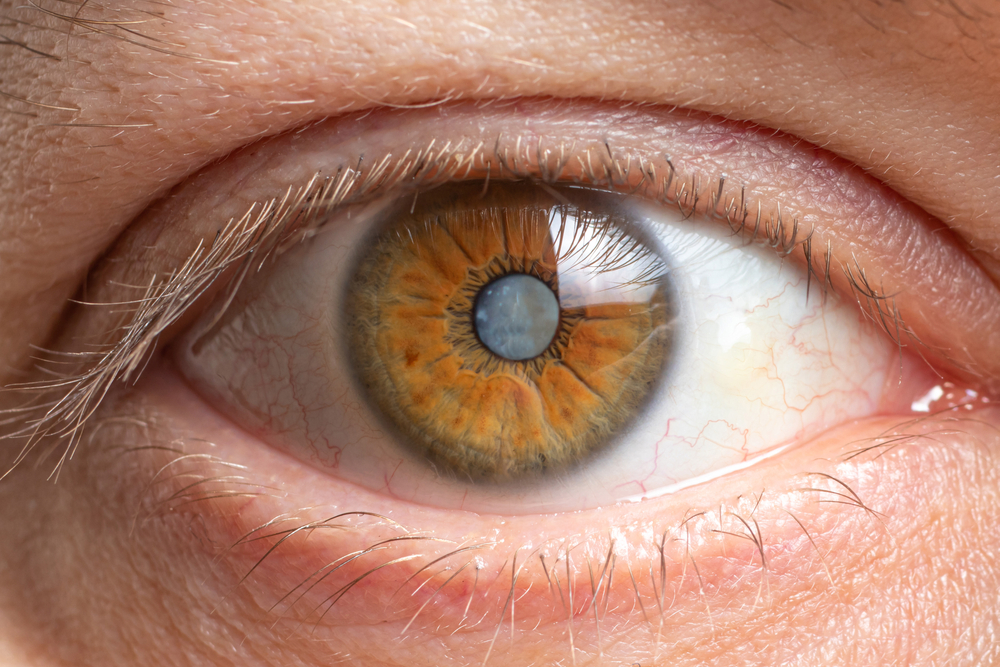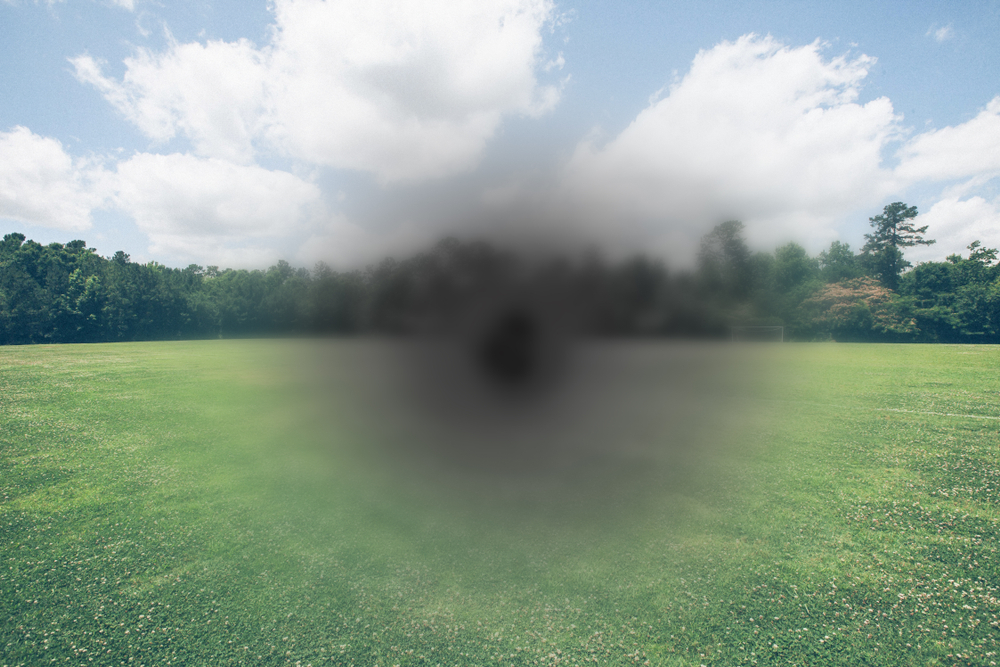Your eyes are often the primary source of the information your brain needs to safely navigate you through life. Unfortunately, certain eye conditions can lead to the breakdown of effective communication between your eyes and your brain.
When you experience trouble with your vision, it can have a serious impact on your quality of life. As with all things related to your health, it is good to learn about the most common conditions that could compromise your well-being.
Learning about the signs, symptoms, and available treatments for common eye conditions can help you ensure a lifetime of healthy eyes and quality vision!
Keep reading to learn five common eye conditions you should know about!
1. Refractive Errors
Refractive errors occur when the shape of the eye affects the way light focuses on the retina. When light does not land directly on the retina, it can cause blurry vision.

Most refractive errors are one of four main types:
- Nearsightedness, which causes distant objects appear blurry.
- Farsightedness, which makes near objects appear blurry.
- Astigmatism blurs or distorts vision at all distances. Astigmatism is caused by irregularly shaped corneas or lenses.
- Presbyopia is an age-related refractive error that makes it difficult to focus on close objects.
Refractive errors can be corrected with prescription glasses or contact lenses, which may be available as bifocals or even trifocals. If you don’t want to deal with the hassle of glasses or contact lenses, refractive surgery, like LASIK, can be used to permanently correct refractive errors.
LASIK is fast and safe, offering patients clear vision within days of treatment! For many people with presbyopia, magnifying reading glasses can help make seeing things close up easier for a while.
A more permanent solution is refractive lens exchange, a procedure where the natural lens of the eye affected by presbyopia is replaced with an artificial intraocular lens (IOL), restoring close vision.
2. Cataracts

Cataracts occur when proteins in the eye break down and clump together in the natural lens, blocking light from reaching the back of the eye. Over time, these clumps eventually cover all of the lens, leading to vision impairment.
Cataracts are usually seen in older adults because the eye changes with age. In rare cases, cataracts can develop in younger people, people who have certain chronic health conditions, like diabetes, and people who have suffered serious eye injuries.
The only effective, permanent treatment for cataracts is cataract surgery. During cataract surgery, the natural lens clouded by cataracts is removed and replaced with an artificial lens called an IOL.
An added benefit of cataract surgery is that a standard IOL can restore vision at a single distance, while there are premium IOLs available that can restore vision at multiple distances!
3. Glaucoma
Glaucoma is an eye condition that is caused when the fluids in the eye do not drain properly, causing pressure to build up within the eye. This pressure can cause irreversible damage to the retina and lead to permanent vision loss.
Like cataracts, glaucoma is usually seen in older adults. It is often asymptomatic until its more advanced stages, when it begins to seriously impact the quality of a person’s vision.
There is no cure for glaucoma, but there are treatments available that attempt to slow the progression of the condition. The best way to prevent glaucoma from compromising vision is by scheduling regular eye exams, during which your eye doctor will perform tests to specifically check the eyes for signs of glaucoma.
4. Age-Related Macular Degeneration (AMD)

AMD is an eye condition that affects the macula, the central part of the retina responsible for sharp central vision. Macular degeneration leads to the gradual loss of central vision, making everyday activities like reading and driving difficult, if not impossible.
This condition can even make it challenging to recognize the faces of loved ones. While there are two types of macular degeneration, the most common is dry macular degeneration.
This condition is caused by the thinning and eventual atrophy of the cells within the macula. AMD develops over the years and is another condition that is most often diagnosed in older adults. There are limited treatment options, most of which try to limit vision loss.
5. Dry Eye Syndrome
Dry eye syndrome is an extremely common eye condition that affects millions of Americans each year. The condition occurs when the eyes do not produce enough high-quality tears to adequately lubricate the eye.

People who experience dry eye syndrome often report symptoms like stinging or burning eyes, excessive itchiness, or a feeling like something is stuck in their eye that they can’t quite get out. While it can be caused by an issue within the eye, dry eye syndrome is often the result of age or lifestyle.
Unless dry eye syndrome has a physical cause, the most common treatment is over-the-counter or prescription eye drops, which work to keep the eye moist. People with dry eye syndrome may also be advised to take frequent breaks when working in front of an electronic screen for an extended period of time, avoiding smoky or windy environments, and using a humidifier.
Many people will experience problems with their vision at some point in their lives. The best way to ensure that an eye condition doesn’t affect your clear vision and the health of your eyes is to report any changes in your vision as soon as possible and to have regular comprehensive eye exams by an experienced eye care provider, like the team at Nevada Eye Physicians!
Are you experiencing any changes in your vision? Schedule an appointment at Nevada Eye Physicians in Henderson, NV, today!



